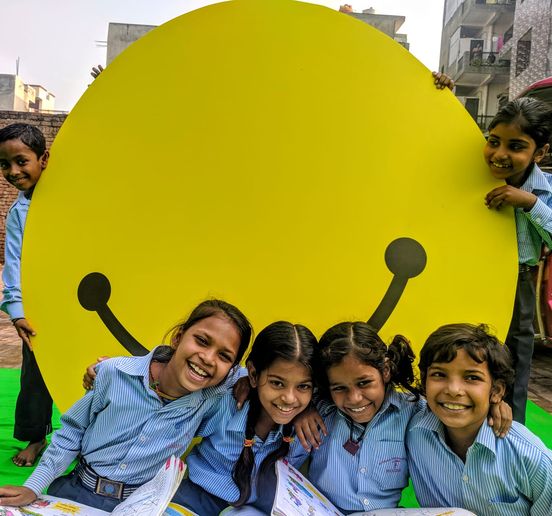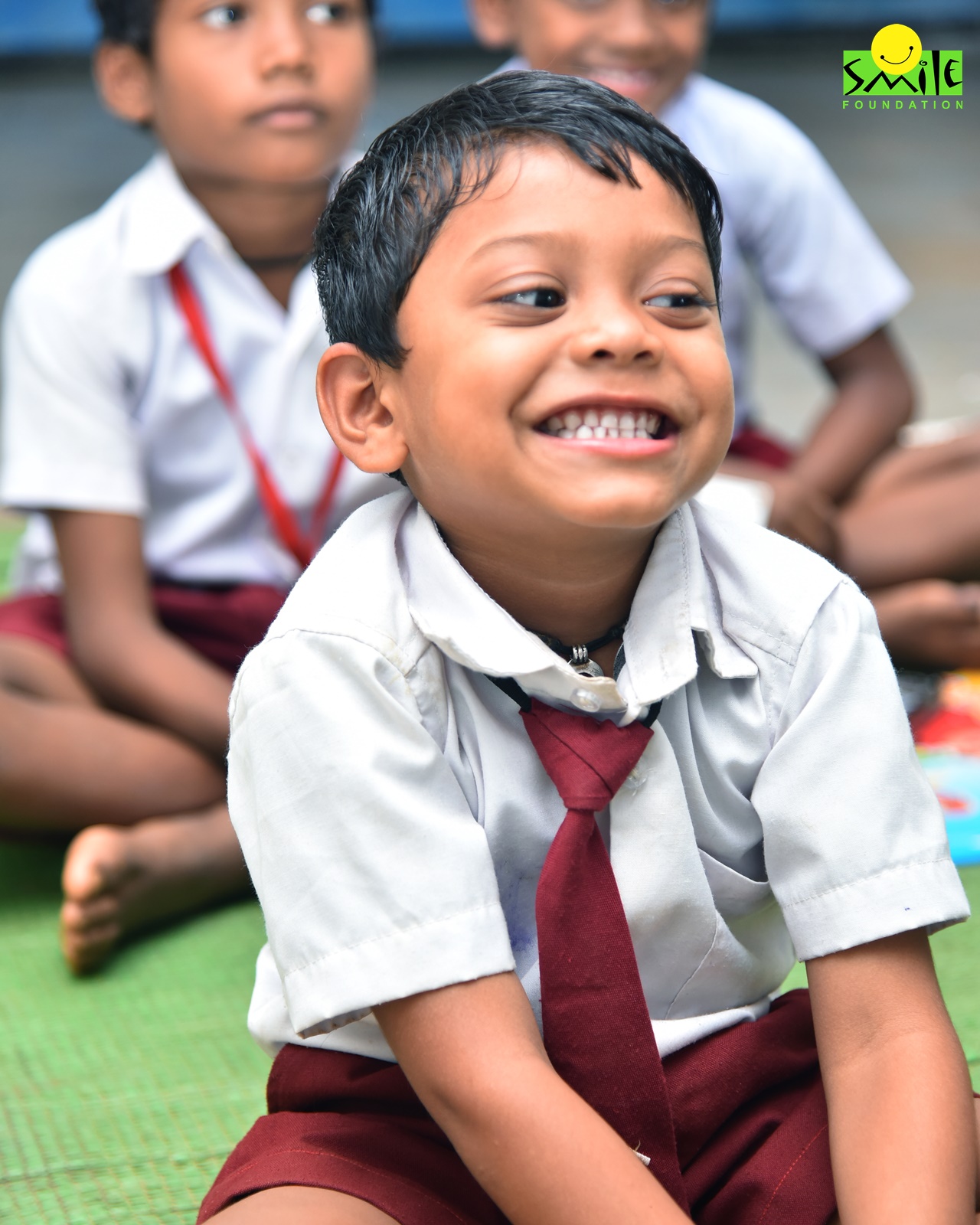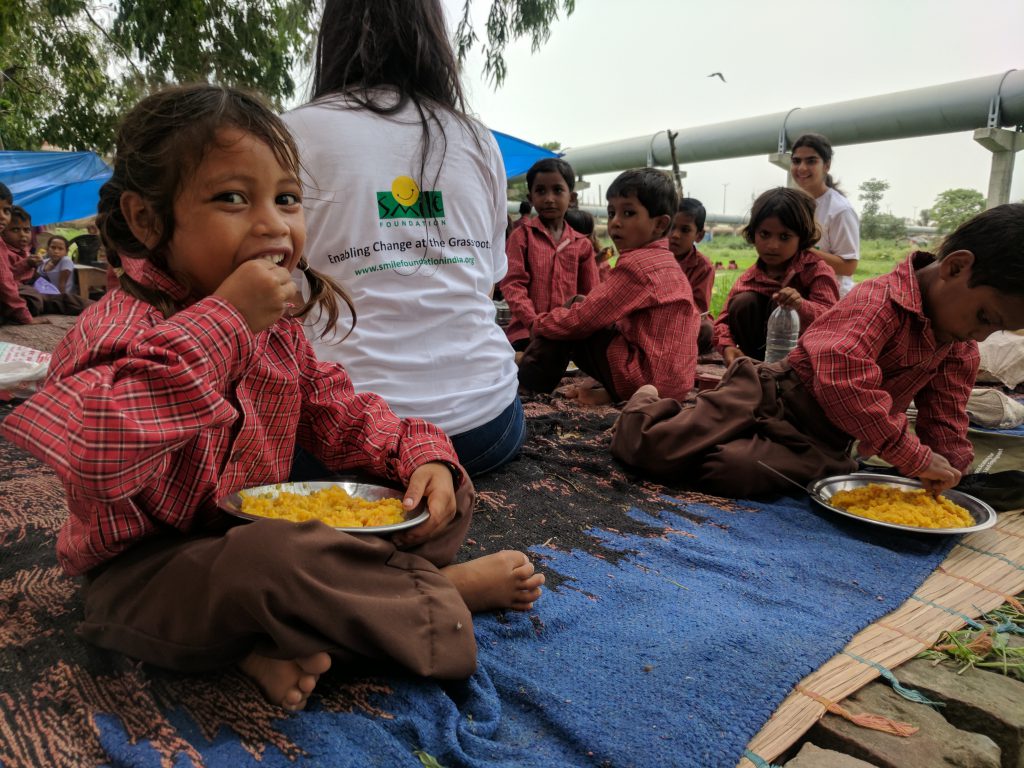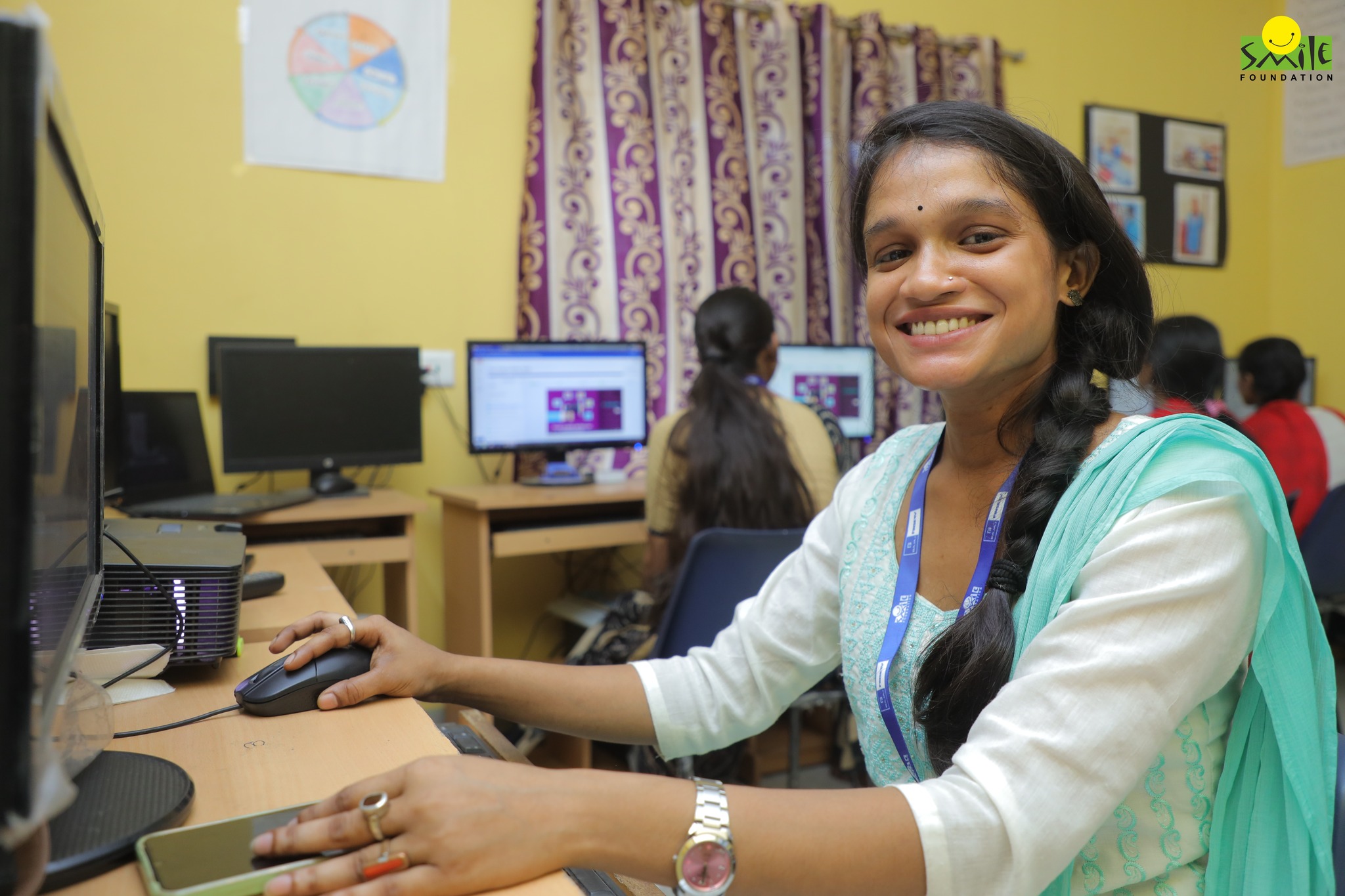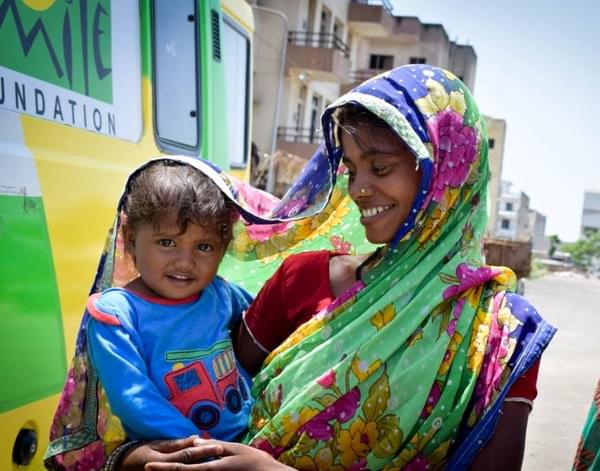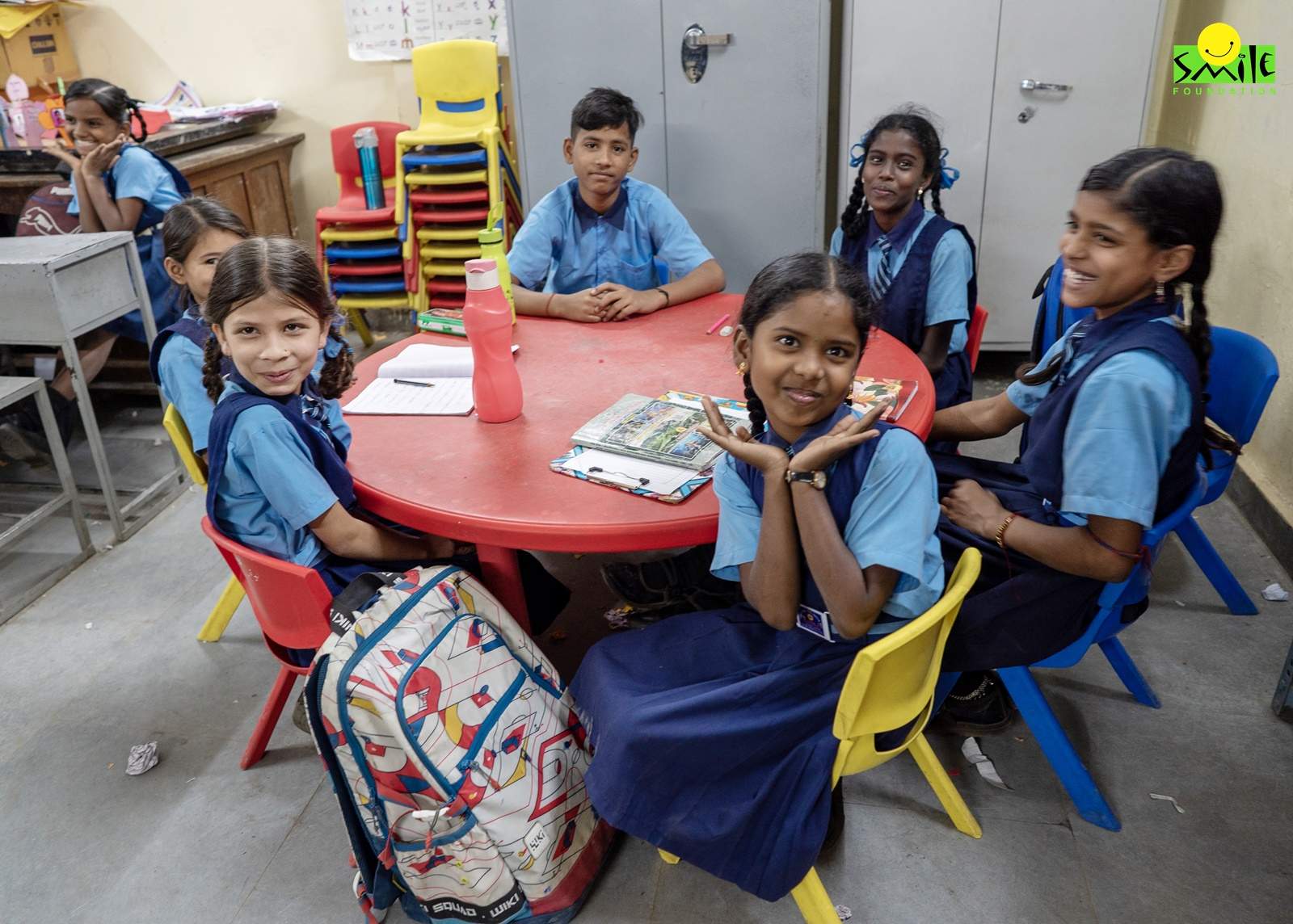“Once students fall behind on foundational skills, they tend to maintain flat learning curves for years, perpetually they [are] unable to catch up. For many students, this has become a major reason for not attending school or for dropping out altogether. Surveys indicate that we are in a severe learning crisis concerning these most basic skills,”
shared renowned Indian-American mathematician Manjul Bhargava
Mr. Bhargava, who is a member of the Education Ministry’s panel developing the NCF (National Curriculum Framework), also emphasizes dedicated financing, resources, legislation, and international commitments to ensure the goal is achieved.
The Evolution of Foundational Literacy and Numeracy (FLN)
Over the years, various organizations have attempted to define the scope and importance of Foundational Literacy and Numeracy (FLN). Despite different interpretations, the common elements include skills like letter and word recognition, reading, writing, mathematical problem-solving, and skill development. In India, the National Education Policy 2020 and the directive NIPUN Bharat have outlined FLN, focusing on its measurement and achievement.
For India, FLN skills entail proficiency in reading, writing, and mathematics, ensuring the ability to comprehend basic text and perform simple mathematical calculations by the end of Grade 3. To realize this, NIPUN Bharat aligns with NEP guidelines, emphasizing the initial four foundational years, including one year of pre-school and formal schooling up to Grade 3. Global and domestic studies affirm the necessity of FLN investments for India, promoting equitable education initiatives, preventing dropouts, enhancing higher-order learning, fostering social responsibility, improving health outcomes, and addressing social issues. Additionally, FLN efforts contribute to reducing remediation costs in education.
Status of Foundational Literacy and Numeracy in India
Despite a consistent enrollment rate of over 95% for the 6-14 age group over the last 15 years, substantial deficits in learning levels persist, with over 75% of Grade 3 learners lacking foundational skills. In literacy, only 20.5% of Grade 3 learners can read Grade 2 text, and in mathematics, only 25.9% can perform subtraction. While India has made progress with programs like the Integrated Child Development Scheme, the Right to Education Act (2002-2009), the Samagra Shiksha Abhiyan, and NEP 2020 emphasizing foundational skills, there is a need for comprehensive efforts.
India has made strides in creating a system to achieve FLN outcomes for all learners. Initiatives such as the Integrated Child Development Scheme, the Right to Education Act, the Samagra Shiksha Abhiyan, and NEP 2020 have underscored the criticality of foundational skills and strengthened the mechanisms to attain them. FLN is now at the core of India’s education landscape.
Significance of Assessments in FLN
Assessments bring attention to learning levels, offering insights for refining learning trajectories. They create awareness among stakeholders, help identify individual needs, prompt adjustments in pedagogy and classroom management, advocate for better governance, and guide funding decisions crucial for achieving learning outcomes. As India endeavors to attain universal Foundational Literacy and Numeracy by 2026, assessments are poised to play a major role in this transformative journey.
In the last two decades, four types of assessments have been employed to measure learning outcomes in India: International Assessments, National/Sub-National assessments, Community/Household Assessments, and School-based assessments. International assessments quantify India’s standing on learning outcomes globally. National-level tools provide insights into geographical trends and inform policy decisions for learning improvement, implemented in schools or community settings.
Public actors like the Ministry of Education (MoE), the National Council for Education Research and Training (NCERT), and the Central Board of Secondary Education (CBSE), alongside private stakeholders from both profit and non-profit sectors, contribute to creating and implementing these assessment tools. Organizations such as ASER and JPAL play a pivotal role in influencing systemic reforms by generating evidence of the need for robust assessments for FLN.
Despite the presence of various assessment forms, the improvement of learning outcomes remains a challenge. While tools like ASER 2022 indicate learning crises, the actual change in learning levels is disheartening. Only 48.2% of grade 5 learners in rural India can read grade 2 text, and merely 25.6% can perform basic division. Reflecting on this gap, current assessments can be implemented at scale but lack focus on competencies and higher-order skills essential for measuring learning progression and evaluating the impact of FLN on higher grades.
Challenges to Achieving FLN Outcomes
Navigating challenges at both the classroom and system levels is imperative for the Indian education system. Classroom-level challenges encompass the lack of diverse assessment tools, concerns about assessment quality, and the capacity of teachers to link assessment data to classroom planning. Simultaneously, systemic challenges like governance, accountability, barriers to implementing tech solutions in assessment, and inadequate budget allocations for assessments need to be addressed by stakeholders in the education ecosystem. Bridging these gaps is crucial for realizing the connection between assessments and interventions, ensuring effective progress toward FLN outcomes.
As the focus on FLN has intensified, challenges have surfaced in areas such as Policy and Intervention, Classroom factors, Governance, Assessment, and Funding. Addressing these challenges requires synchronized actions between the central and state governments. Best practices from initiatives across Pedagogy, Assessments, and Governance are identified to overcome these challenges, emphasizing competency-based assessments, school readiness assessments, generating accountability, and aligning monitoring processes with learning outcomes. This approach aims to propel India toward achieving its FLN goals.
Smile Foundation and FLN
Smile Foundation through its Shiksha Na Ruke campaign is implementing FLN in all its classrooms to ensure that the literacy and numeracy levels of children are up to the mark for them to learn better in their higher level of education.



